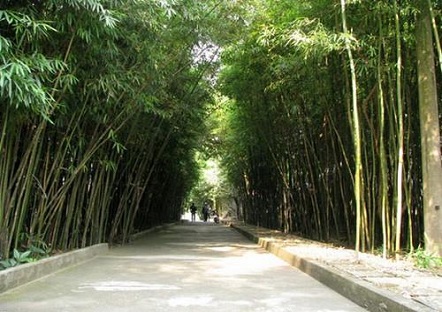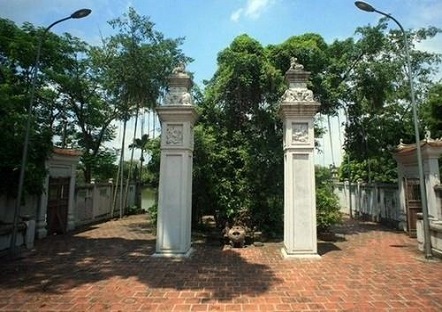Forbidden moutain in Ha nNam was once believed so sacred that nobody dared to take anything including trees or flowers back home, that's the reason why it has the name Cam (Means forbidden)
In the northwest of Ha Nam province there is a limestone mountain range along the banks of the soft flowing Day River. However, without a sign post saying it is a historical site, you might be forgiven for missing it. The mountain is not used to having a low profile, but we must look at the different names it has had over the years to help us tell its story.

Once, it was known as Cuon Son (the Swept-away Mountain). In 1069 Ly Thuong Kiet (1019-1105), one of Vietnam’s most renowned generals during feudal times, brought his troops and warships down the Day River to fight an enemy in the south. When the troops passed the mountain, a strong wind came across and Kiet ordered his troops and the ships to shelter at the bottom of the mountain. But, a mast on one of Kiet’s ship snapped in the wind and a flag was swept away to the mountain top. Unsettled by this strange omen, Kiet conducted a ceremony on the river’s bank to pray for victory and named the mountain Cuon Son.

Kiet was victorious in battle and before returning to Thang Long Capital Citadel (now Hanoi), he stopped at the mountain, threw a feast for his troops and invited the locals to a month-long festival. He also sent troops to help the locals with rice cultivation and silkworm breeding. To commemorate his merit, the locals set up a temple to worship him where the festival took place. Still, every year on the sixth day of the first month of the Lunar Calendar, the locals hold a festival in his honour at the foot of the mountain with traditional games and music.

The temple is named Den Truc (Small Bamboo Temple) as it was placed among thousands of small bamboo trees that once grew at the site. The temple faces the Day River and standing in front of it one can appreciate the tranquility of the area. Not long after the visit of General Kiet in 1069, the name Cuon Son was changed to Quyen Son. This is most likely because the word “Cuon” appeared only in spoken Vietnamese and therefore, the locals had to use the word “Quyen” so that the name of the mountain could appear in official documents written in Sino-Vietnamese characters. Since then, the mountain has also been known as Thi Son (the Grass Mountain), as it is said on the mountain there is a special variety of grass called co thi that can be used as a medicinal herb or for telling one’s fortunes.

(84-63) 3 826042 – (84-63) 3 511142
No 54 Nguyen Dinh Chieu, Ham Tien Central Mui Ne Beach Binh Thuan Vietnam
523 To Hien Thanh District 10 Ho Chi Minh City Vietnam
Ha Long Halong City Quang Ninh Vietnam
A13 Hung Thong 2 Halong City Quang Ninh Vietnam




